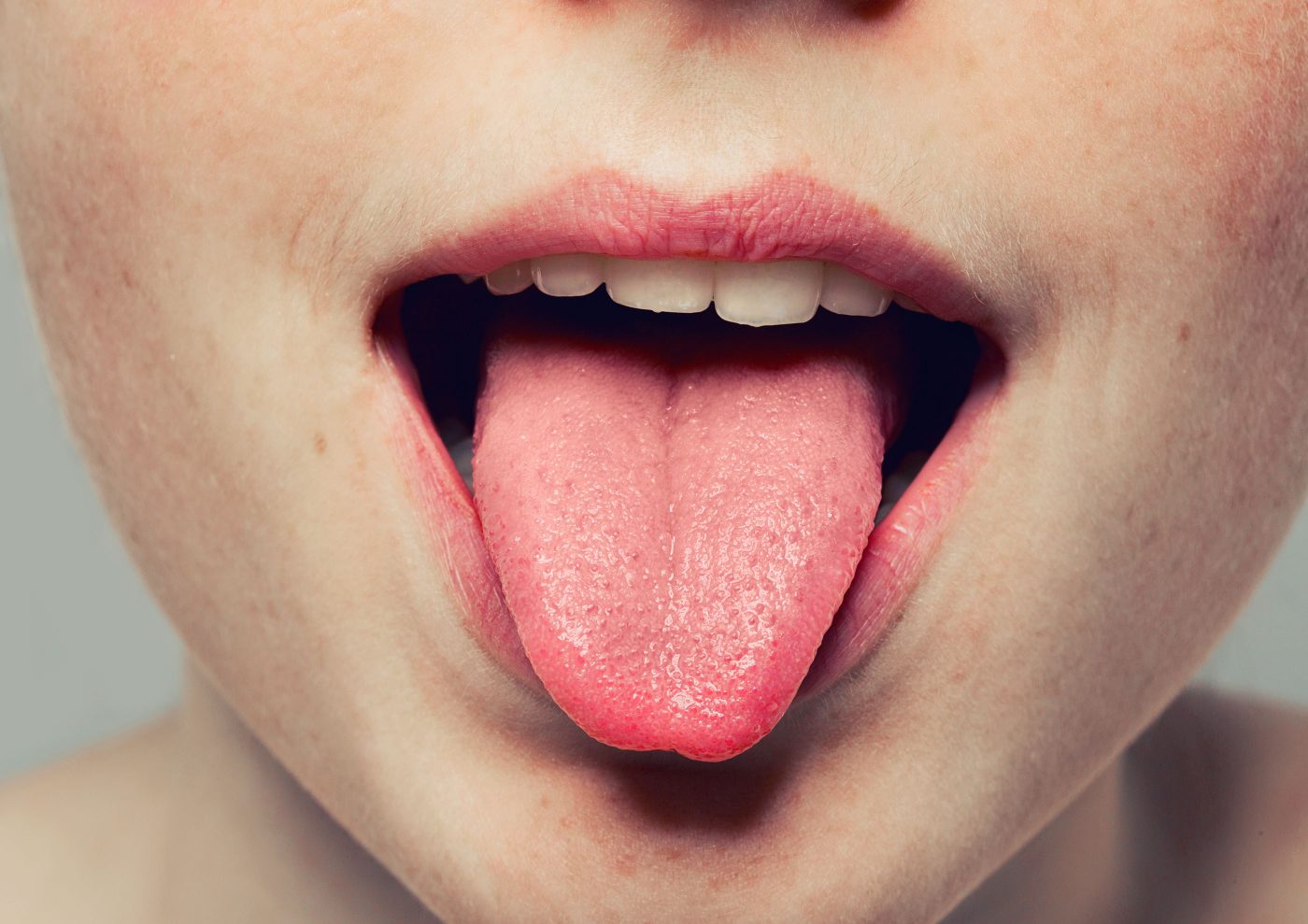Duchenne ‘Tongue-on-a-Chip’ Model Captures Shortcomings of Muscle Stem Cells in Patients

Using a newly engineered tongue-on-a-chip model of Duchenne muscular dystrophy, researchers found one reason that muscle regeneration fails — muscle stem cells react poorly to signals telling them new muscles need to be formed.
The study, “A human in vitro model of Duchenne muscular dystrophy muscle formation and contractility,” published in the Journal of Cell Biology, could open the way for research exploring how signals fail to direct muscle-forming stem cells — knowledge that would allow studies to explore how to influence stem cells to better build new muscles.
Since research animals poorly model human muscular dystrophy, researchers also believe that the tongue-on-a-chip model will be a more effective tool for testing the effect of new therapies on muscle formation and strength.
Researchers at two Harvard University institutions, the Harvard John A. Paulson School of Engineering and Applied Sciences (SEAS) and the Wyss Institute of Biologically Inspired Engineering, aided by colleagues at the Tucson Innovation Center in Arizona, said they were inspired by experiments using tongue muscles when building their model.
“Clinically, it’s hard to compare muscle strength between patients because strength is dependent on so many things including what we eat, how much sleep we get, differences between men and women, and so on,” Peyton Nesmith, a graduate student at SEAS and the study’s first author, said in a news release. “But clinicians figured out that we all use our tongues about the same.”
The team used stem cells from patients with Duchenne, and grew them into muscle cells in the lab. The thin sheath of muscle tissue could be made to contract when stimulated with an electric current.
Earlier research had indicated that immature stem cells, called satellite cells, isolated from patients with Duchenne muscular dystrophy, are not very good at reacting to signals from surrounding cells that tell them new muscle is needed. In healthy people, satellite cells align and fuse to become muscle fibers.
Researchers used their new model to explore if more mature muscle stem cells, called myoblasts, also had problems in reacting to cellular cues. Compared to myoblasts from healthy people, the tongue-on-a-chip model showed that the Duchenne myoblasts did not align, and did not fuse to form muscle fibers, just as was the case with satellite cells. The resulting muscles became small and weak.
“In an era of advanced studies in rare diseases, patient analogs are going to be important,” said Kit Parker, Tarr Family Professor of Bioengineering and Applied Physics at SEAS, a Core Member of the Wyss Institute, and senior author of the paper.
“In some rare diseases, there simply aren’t enough patients to run clinical trials. Organs on chips offer one such solution to this problem,” he added.






